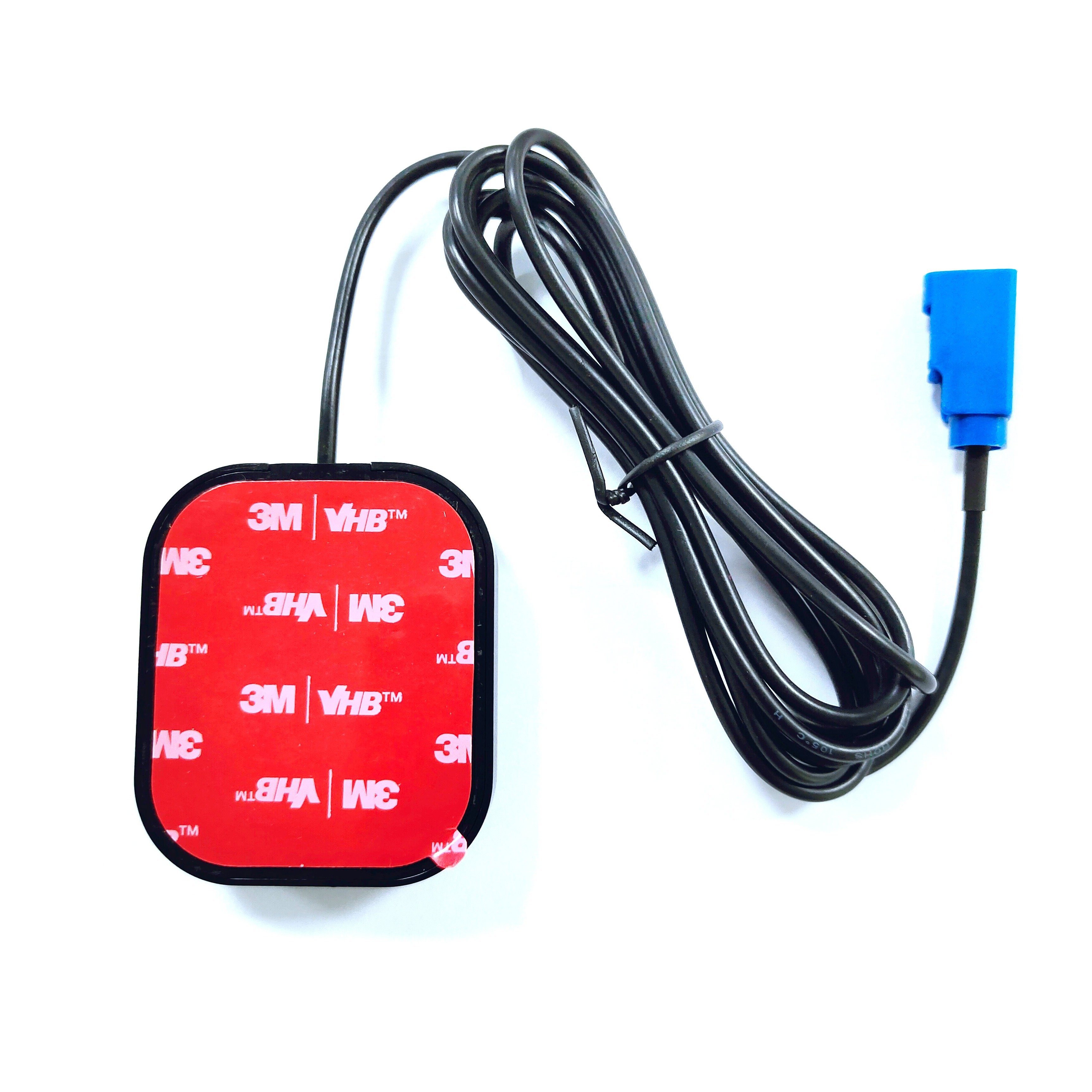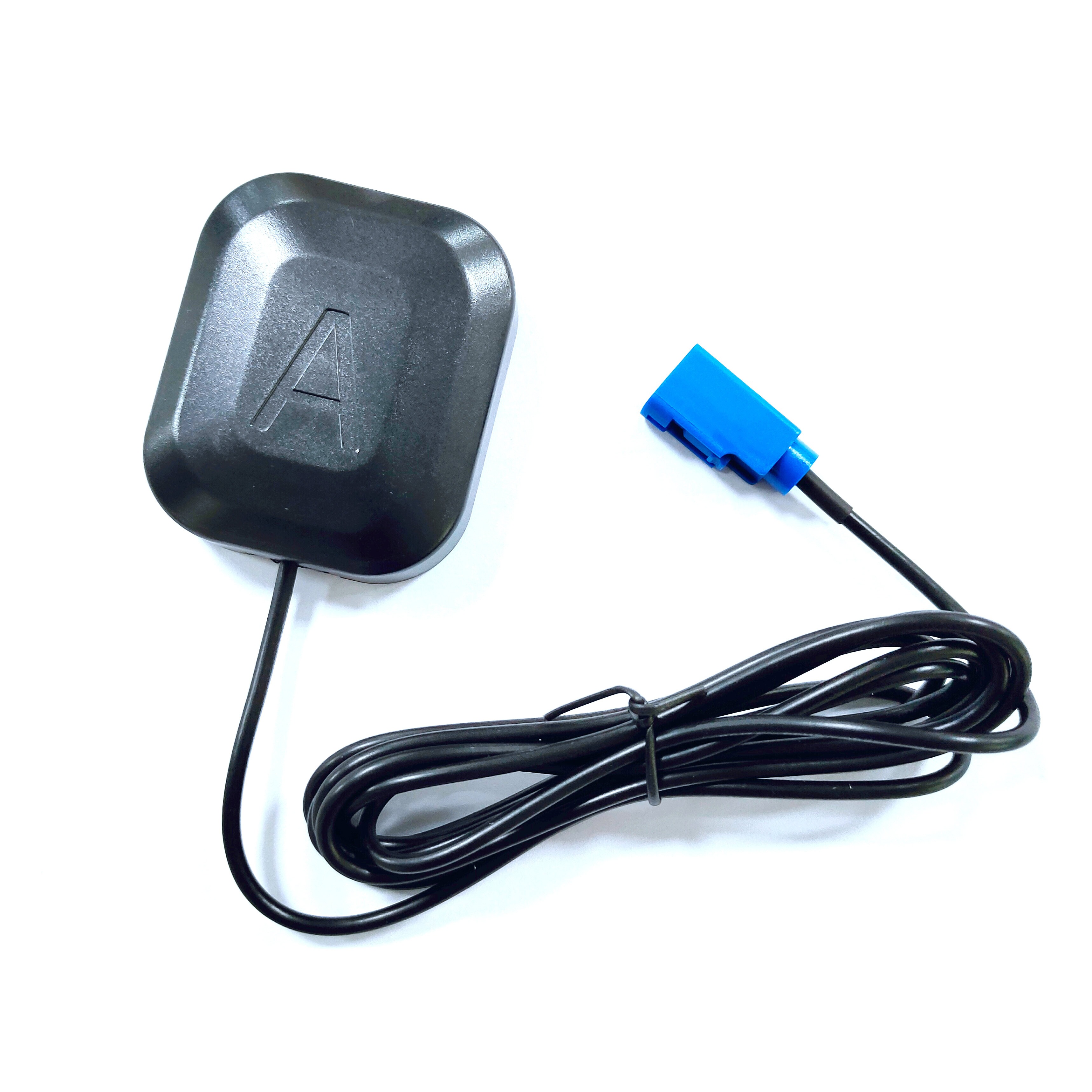The Compact GNSS RTK Active Antenna is a key enabling technology, catalyzing innovation across a diverse spectrum of industries by making high-precision positioning available on platforms where it was previously impossible. Its applications are vast and growing, and its evolution is tightly coupled with broader technological trends.
Current Applications:
Unmanned Aerial Vehicles (UAVs / Drones): This is arguably the most significant application. Drones use these antennas for precision agriculture (multispectral mapping, crop spraying), surveying and mapping (photogrammetry, LiDAR), infrastructure inspection, and delivery. The antenna provides the precise geotag for every image or LiDAR point, enabling the creation of highly accurate 2D and 3D models.
Robotics and Autonomous Guided Vehicles (AGVs): Mobile robots in warehouses, factories, farms, and outdoors rely on RTK GNSS for navigation and localization. The compact form factor allows it to be easily integrated onto the robot's body without affecting its balance or design.
Precision Agriculture Machinery: Beyond large tractors, smaller autonomous implements, robotic weeders, and guided sprayers use compact antennas for their size and weight advantages.
Mobile Mapping and GIS Data Collection: Handheld devices, backpack systems, and vehicle-mounted kits for asset management, utility mapping, and GIS data collection use these antennas for their portability and ease of deployment.
Advanced Driver-Assistance Systems (ADAS) and Autonomous Vehicle (AV) Testing: Compact antennas are integrated into production vehicles and test vehicles to provide precise positioning for lane-level navigation, automated parking, and as a source of ground truth for sensor fusion algorithms in AV development.
Marine and Aquatic Applications: Used on small boats, unmanned surface vessels (USVs), and buoys for hydrographic surveying, bathymetry, and oceanographic research.
Future Trends:
Deep Integration into Consumer and IoT Devices: The next logical step is the integration of RTK-level precision into consumer devices. We are already seeing RTK modules in high-end smartphones for improved AR experiences. Future trends could see compact antennas embedded into smart glasses, wearables for fitness and safety, and IoT sensors for logistics and asset tracking.
Tighter Coupling with Inertial and Other Sensors (Sensor Fusion): The future is not standalone GNSS. Compact antennas will be sold as part of tightly integrated GNSS/INS (Inertial Navigation System) modules. The GNSS provides absolute position updates to bound the drift of the miniature IMU (Inertial Measurement Unit), while the IMU provides smooth, high-frequency position and attitude data between GNSS updates and during short signal outages. This fusion is critical for any autonomous system.
Multi-Antenna Systems for Miniaturized Platforms: The use of two or more compact antennas on a single small platform (like a drone) will become common to determine attitude (heading, pitch, roll) with high precision, without relying solely on magnetic compasses which are prone to interference.
On-Chip Integration and "Antenna-in-Package": The ultimate miniaturization will involve integrating the RF front-end, the LNA, and even the radiating element into a single system-in-package (SiP) or module that can be surface-mounted directly onto a device's main PCB. This would make high-precision GNSS as easy to integrate as a WiFi or Bluetooth chip.
Enhanced Robustness and Security: Future designs will focus on making these antennas even more resilient to physical damage, extreme temperatures, and intentional RF interference like jamming and spoofing, which are growing concerns for autonomous systems.
Standardization and Cost Reduction: As volume increases, manufacturing processes will improve, and costs will fall. This will further democratize access to high-precision positioning, moving it from a specialized tool to a standard feature in a vast array of machines and devices.
The compact GNSS RTK active antenna is, therefore, more than just a component; it is a catalyst for the fourth industrial revolution. By providing a precise sense of location to machines, it is a fundamental enabler of the autonomy and data-driven intelligence that will define the future of transportation, agriculture, construction, and countless other fields.
Conclusion
The Compact GNSS RTK Active Antenna represents a pivotal moment in the history of positioning technology. It marks the transition of high-precision GNSS from a specialized tool used by experts in well-defined fields like geomatics and surveying, to a ubiquitous enabling technology that can be embedded into virtually any mobile device or platform. It is the hardware manifestation of the democratization of centimeter-level accuracy.
This democratization is powered by a remarkable feat of engineering. Through the innovative use of metamaterials, multilayer patch designs, and highly integrated electronics, these antennas have successfully decoupled performance from physical size. They have overcome the traditional laws of antenna physics not by breaking them, but by working around them with intelligence and ingenuity. The result is a device that delivers the essential signal integrity required for carrier-phase-based positioning in a form factor that was once thought impossible.
The implications of this are profound. It is no longer a question of if a platform can have high-precision positioning, but why shouldn't it? The barriers of size, weight, cost, and complexity are crumbling. This opens up a new frontier of innovation, allowing engineers and entrepreneurs to re-imagine applications across robotics, autonomy, IoT, and consumer technology with the foundational assumption that their creation can know its location in the world with unparalleled accuracy.
Of course, this shift involves trade-offs. The absolute peak performance of a large, stabilized geodetic antenna may still be necessary for the most demanding scientific applications. However, for the vast majority of dynamic, mobile, and integrated applications, the performance of a modern compact antenna is more than sufficient, and its advantages in versatility and integration are utterly transformative.
In conclusion, the Compact GNSS RTK Active Antenna is far more than a convenient miniaturization. It is a key that unlocks new possibilities. It empowers a future where machines navigate our fields, roads, and cities with precision and awareness; where data about our world is collected with unprecedented geographic fidelity; and where the line between specialized equipment and consumer technology continues to blur. By making precision small, it has made it mighty, seeding the next generation of technological advancement that will be built upon a foundation of knowing exactly where it is.




































































 Language
Language
 En
En Cn
Cn Korean
Korean

 Home >
Home > 






 18665803017 (Macro)
18665803017 (Macro)













